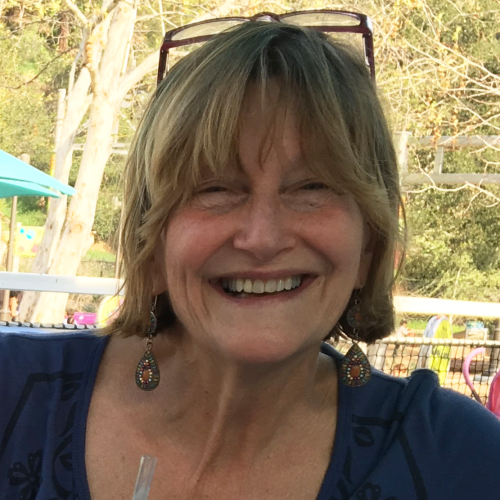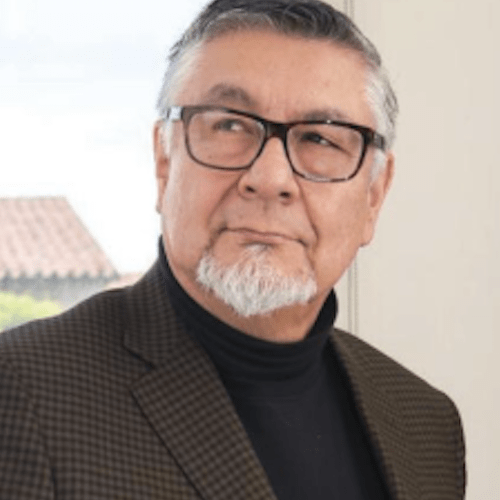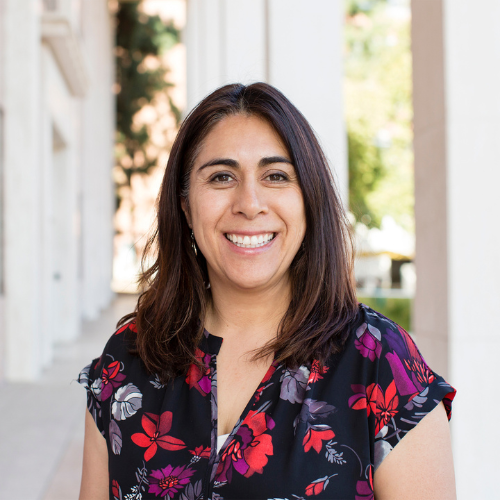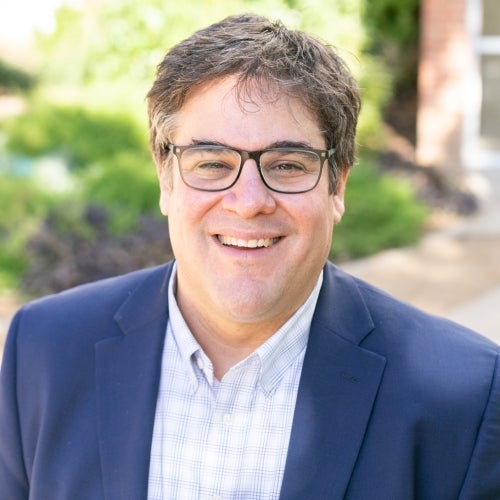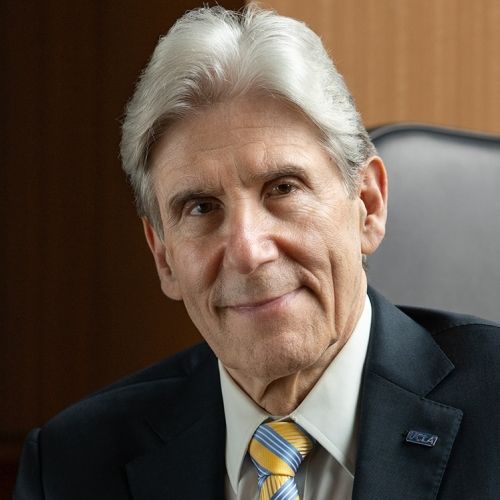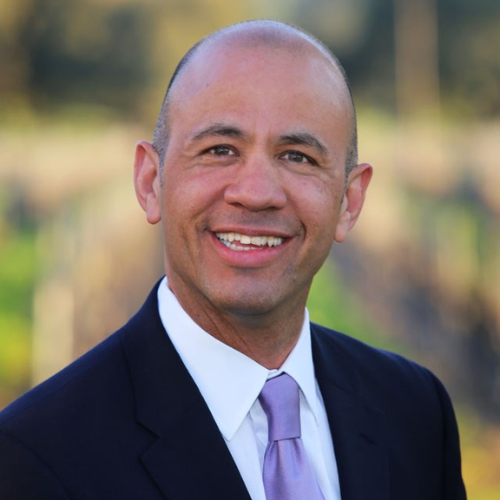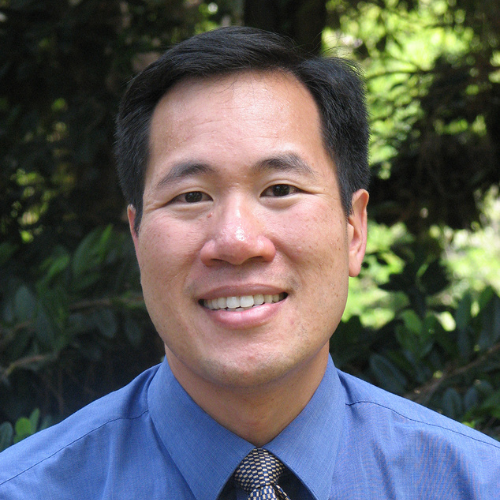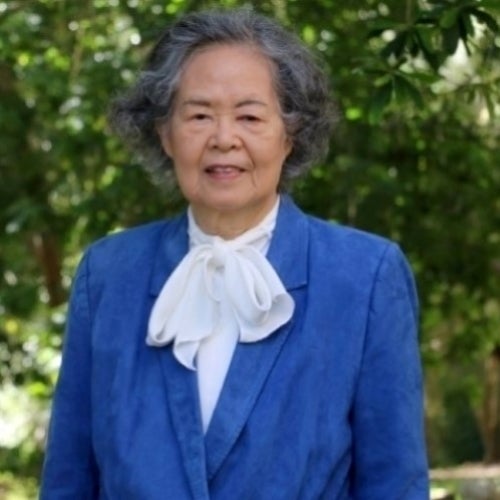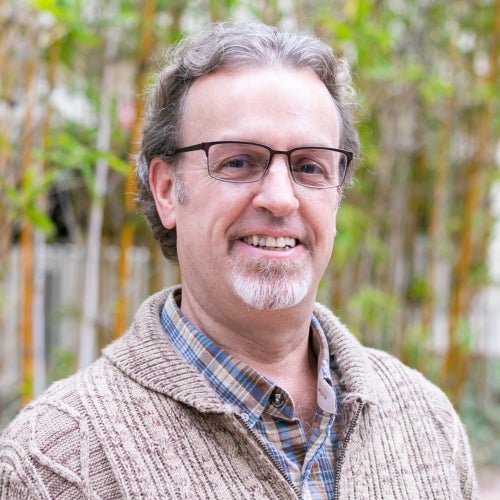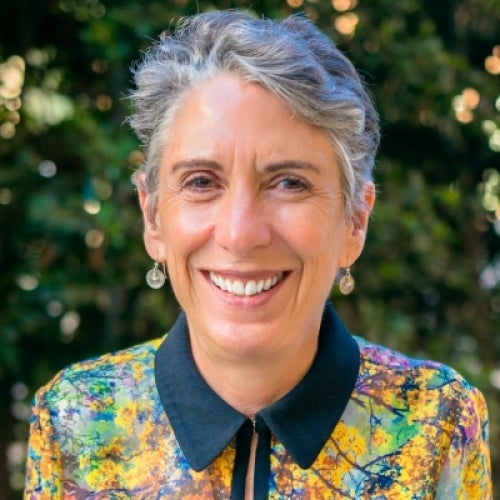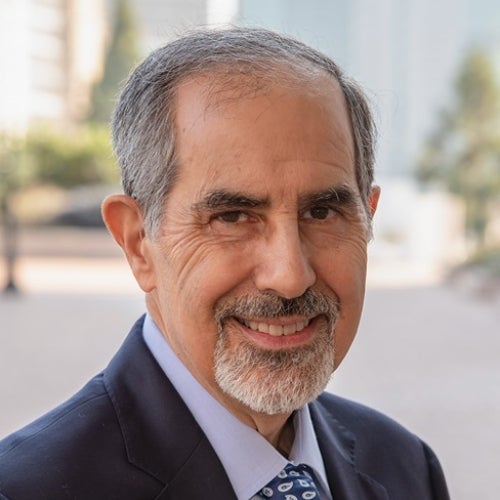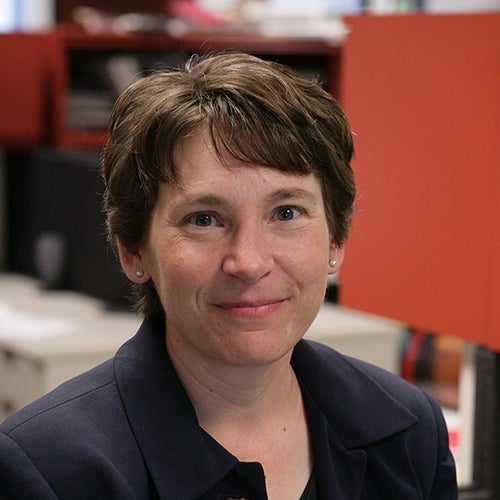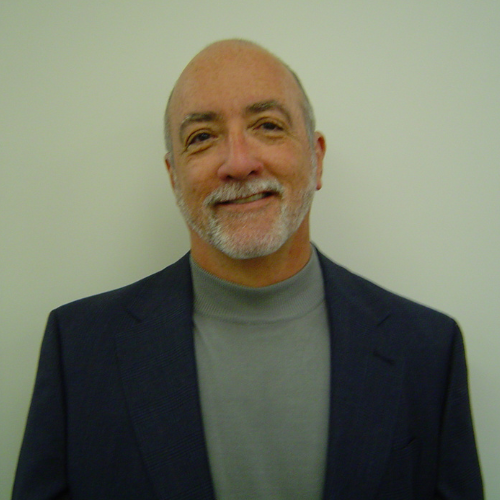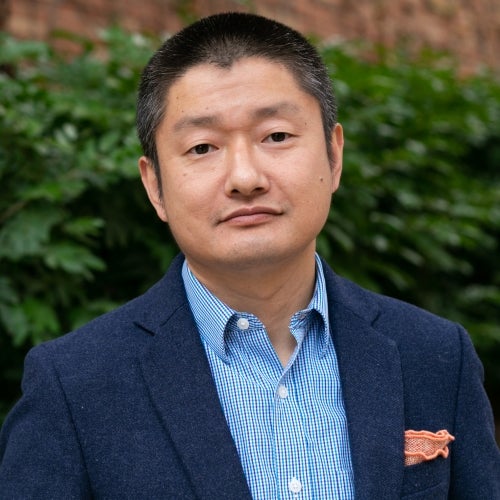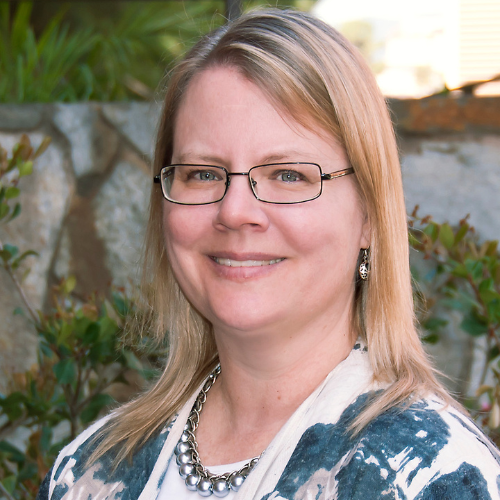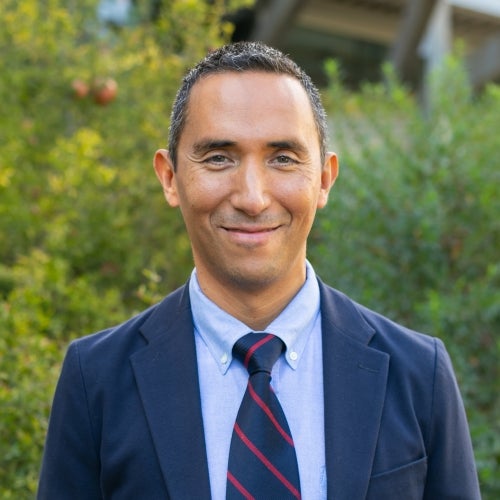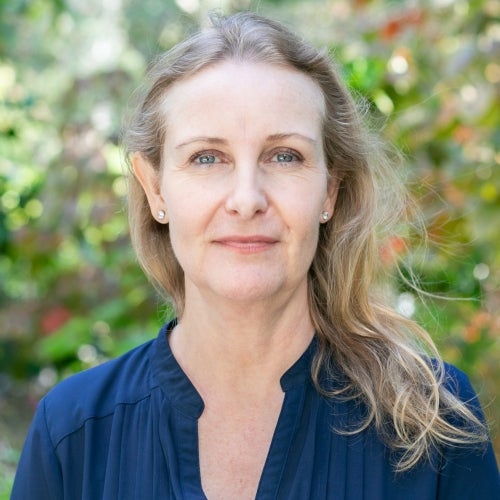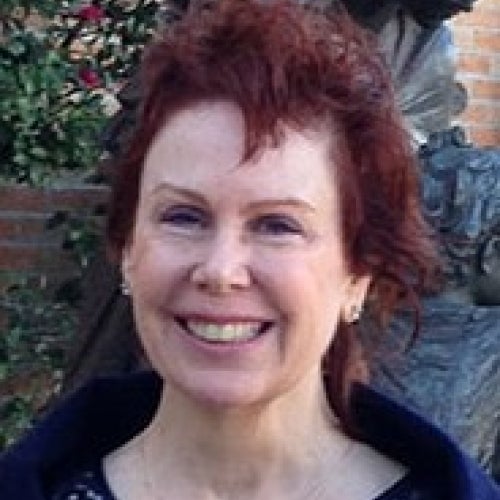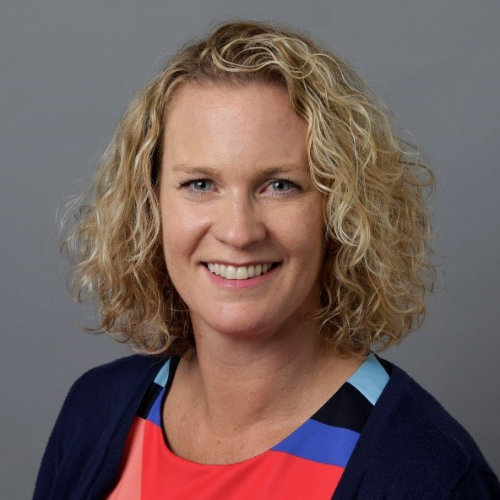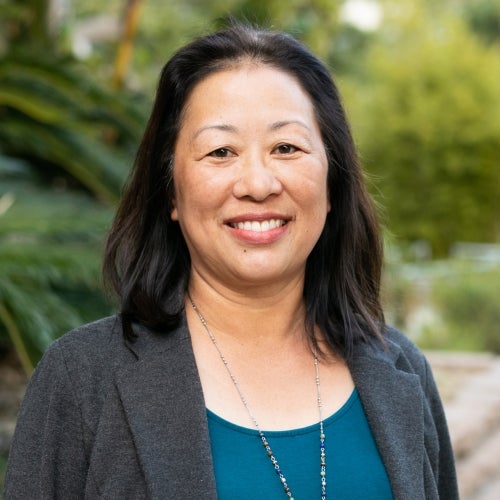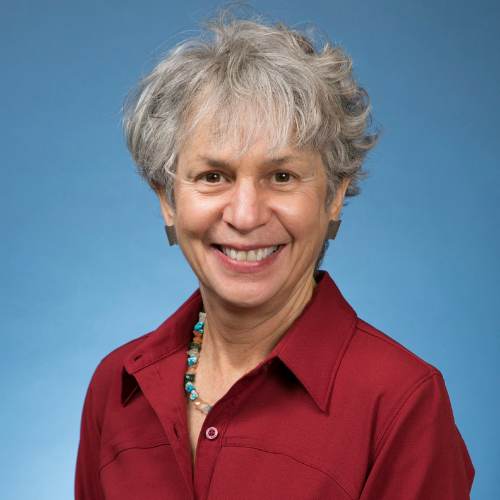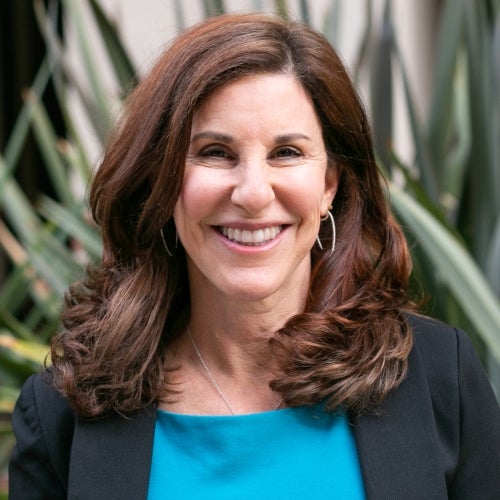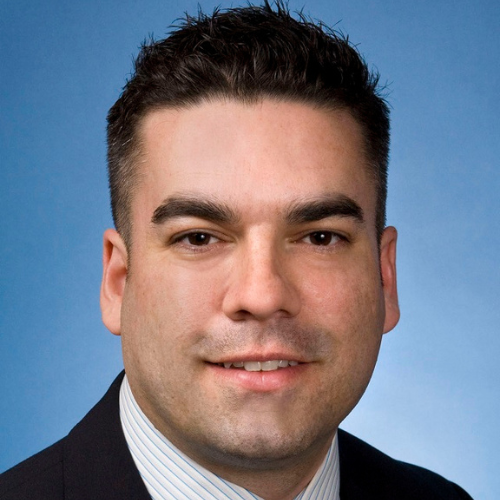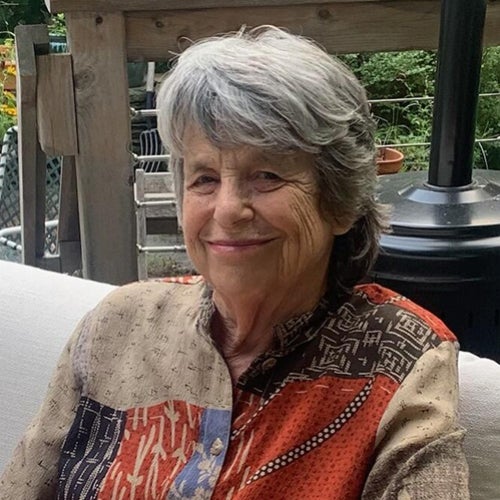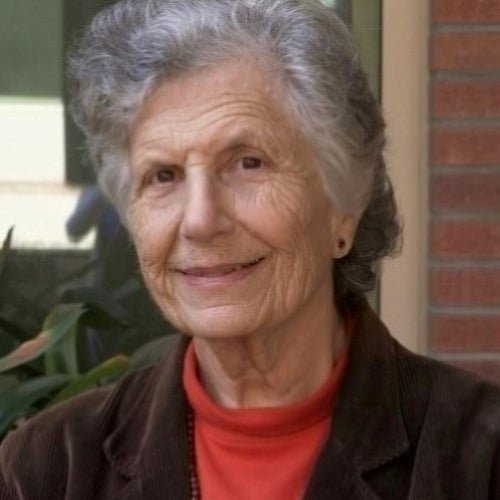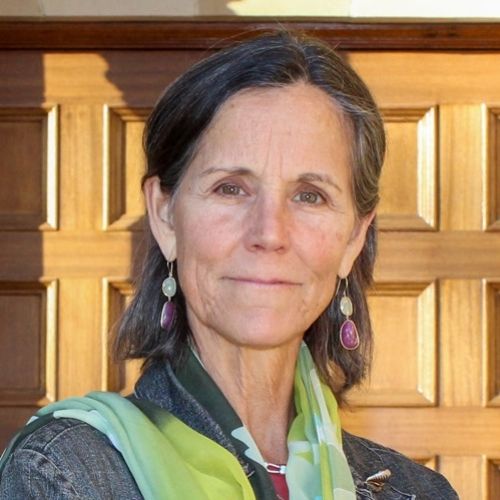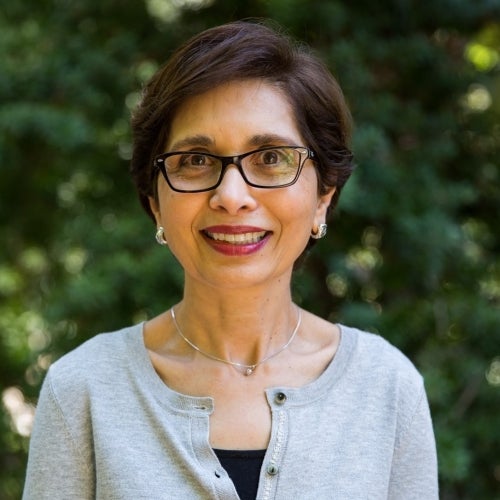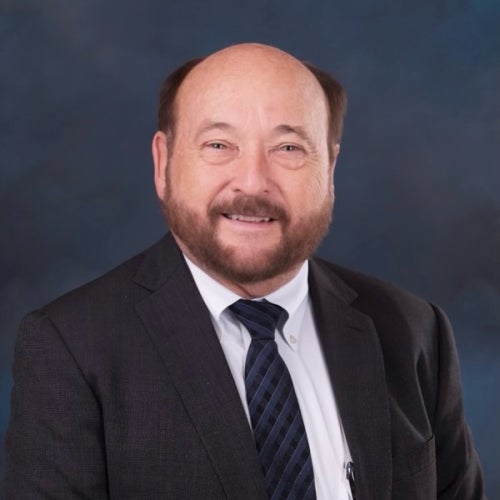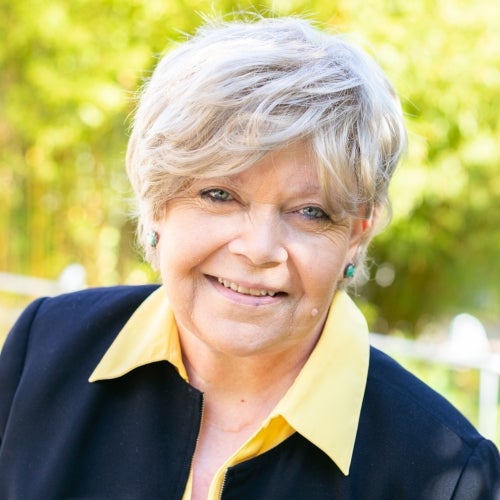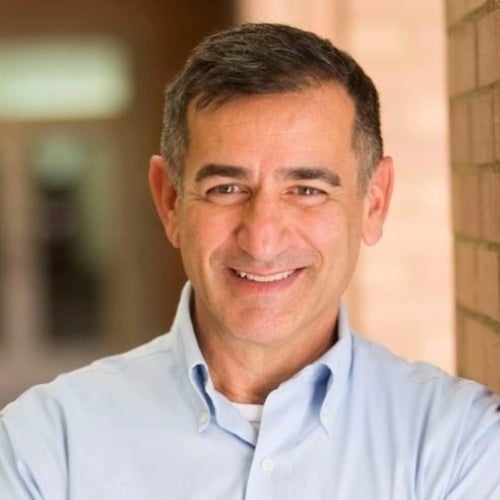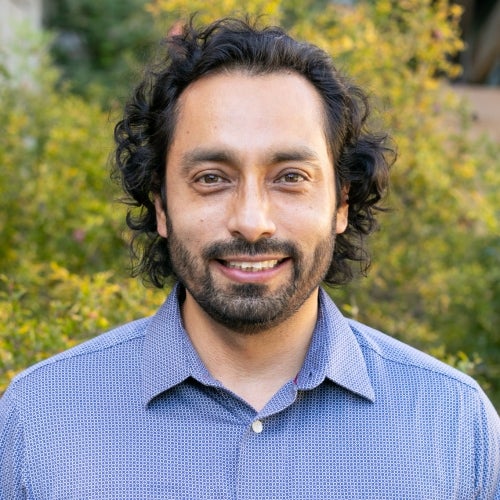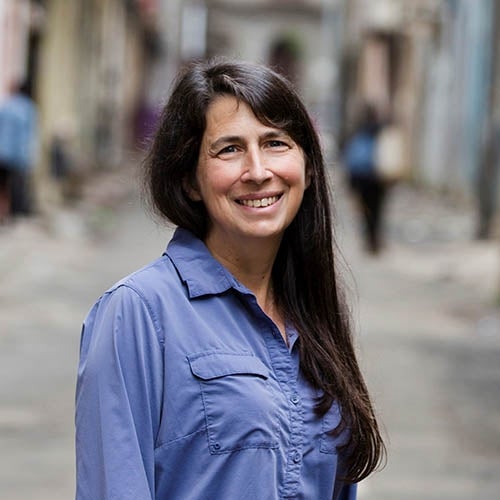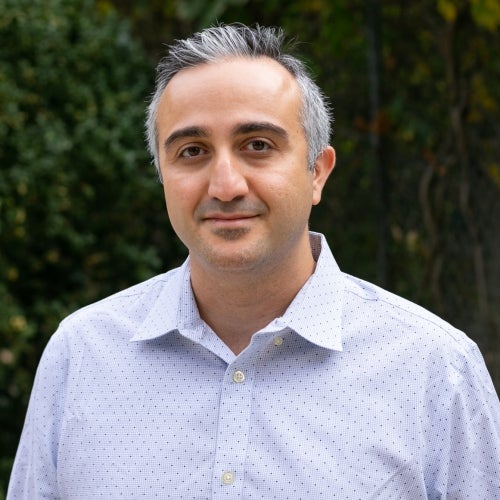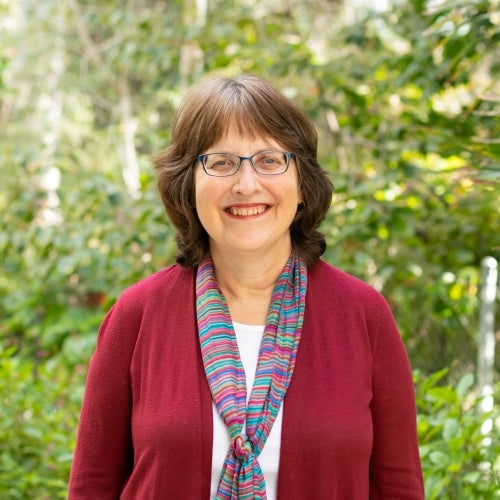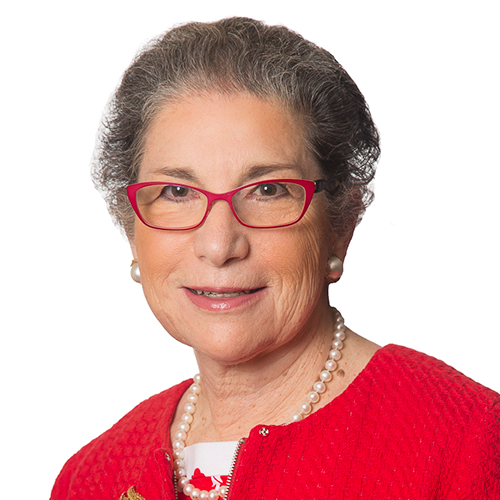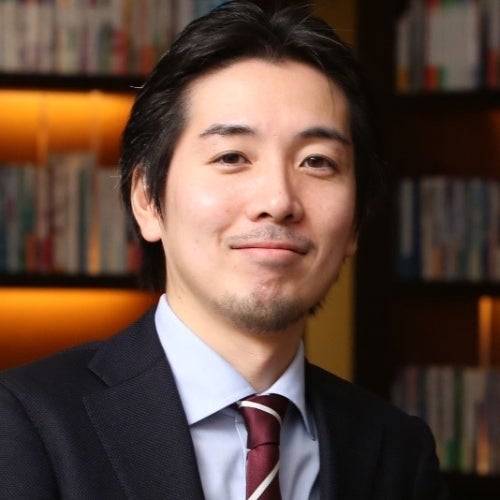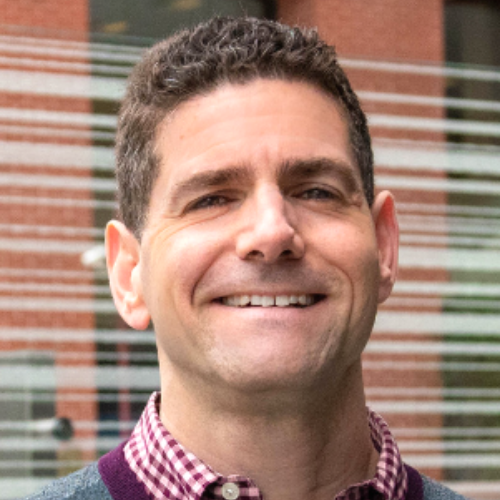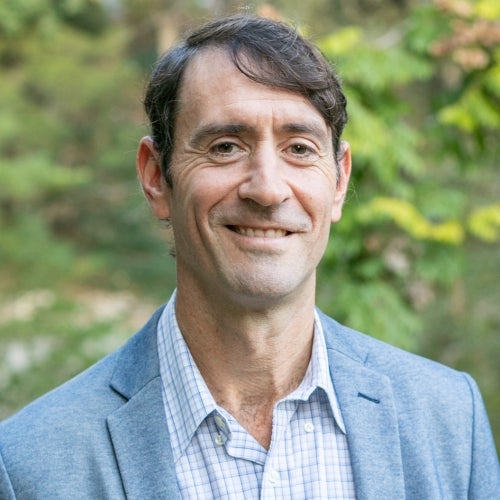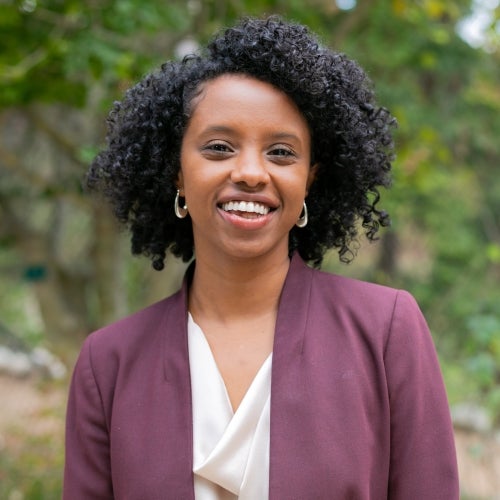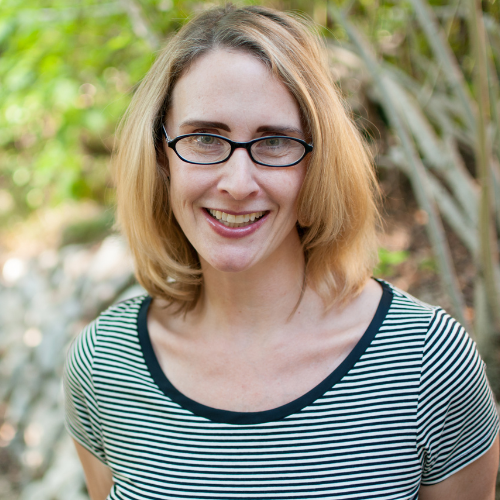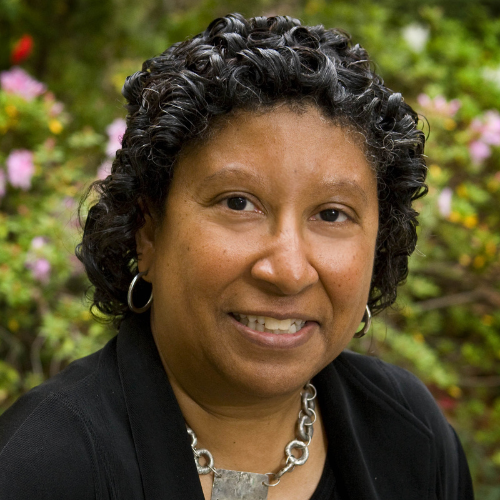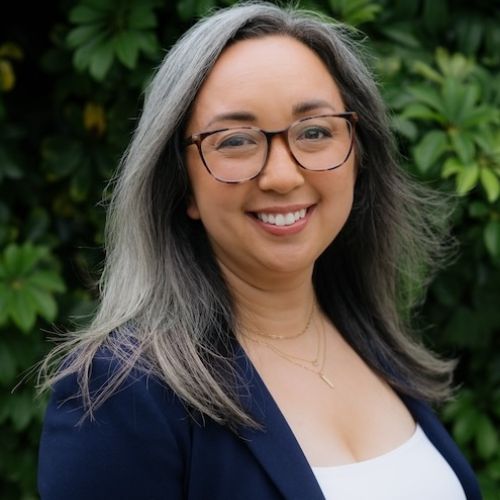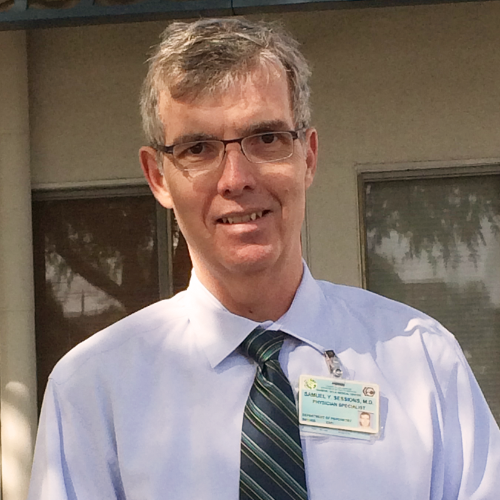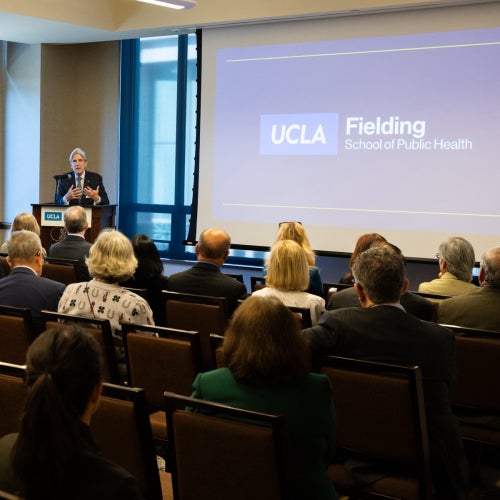After-school music program leads to improved academic performance in low-income communities, study finds
Participants in Harmony Project, established by UCLA Fielding School of Public Health graduate Margaret Martin, test higher in reading and math.
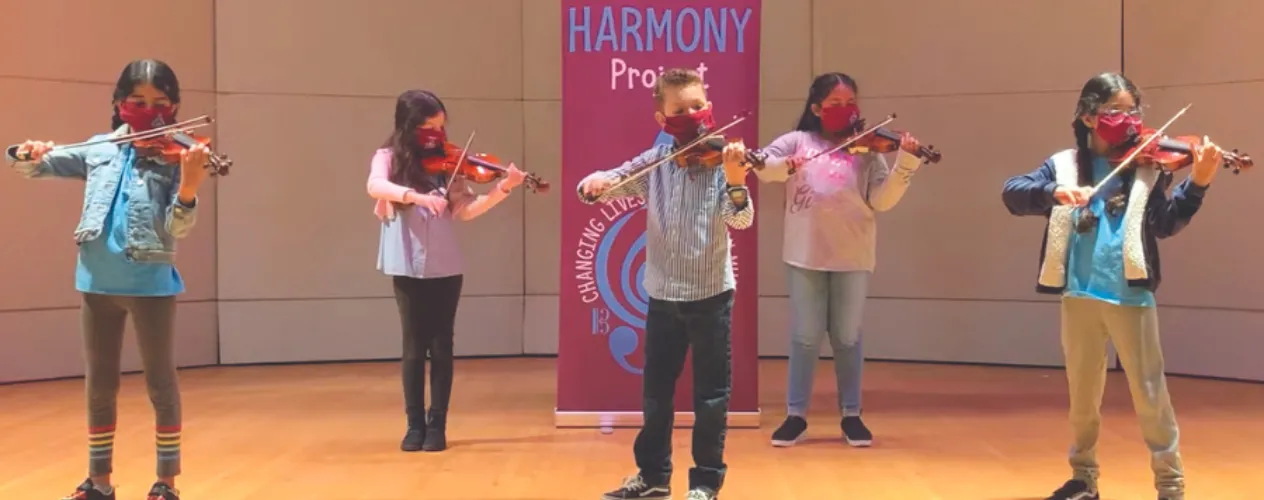
Students who participated in an after-school program providing four hours per week of music lessons and mentoring in five high-poverty elementary schools in Long Beach, California, not only learned to play challenging music with one another, but showed significantly improved reading and math scores after two years in the program when compared with students who didn’t participate, according to a study published in the Spring 2022 issue of the peer-reviewed Journal of Youth Development. Importantly, the greatest gains from the program, known as Harmony Project, were made by students with the lowest prior levels of achievement.
The study’s co-authors — including Dr. Margaret Martin, a UCLA Fielding School of Public Health (UCLA FSPH) alum who established Harmony Project, and Dr. Deborah Glik, a UCLA Fielding School professor of community health sciences — noted that these results could provide a roadmap for school districts across the country seeking to address disparities in academic performance and educational attainment that hinder the long-term prospects for children from low-income communities.
“Such positive outcomes suggest that a key to closing the achievement gap may be found in the capacity of music training plus mentoring to boost children’s language-related brain development, and thereby improve their capacity to learn,” Martin said. “The report shows that this brain-boosting intervention can be implemented successfully within high-poverty elementary schools. School leaders report that the intervention also effectively addresses students’ pandemic-related social and emotional needs.”
Martin launched Harmony Project in 2001, inspired by the experience of observing young gang members stop to listen to her 5-year-old son playing the violin at a farmer’s market in 1997. When the gang members put their own money into his open case, Martin, who was pursuing her doctorate at the UCLA Fielding School of Public Health, realized that the opportunity to learn to make music might be an effective way to productively engage young people with few resources. The program was designed to support the positive growth and development of children from low-income homes through the study, practice, and performance of music under the mentorship of professional musicians. By 2009, Martin was representing Harmony Project at the White House, where then-First Lady Michelle Obama presented her with the Coming Up Taller Award — considered the nation’s highest honor for an arts-based youth program. In 2011, Martin was awarded the Presidential Citizen’s Medal by President Barack Obama, for her work in founding Harmony Project. In 2016, 40 standout string students from Harmony Project performed on stage at the Super Bowl halftime show with Beyonce, Bruno Mars, Coldplay and LA Philharmonic Music and Artistic Director, Gustavo Dudamel.
Harmony Project currently serves 3,500 students in 16 under-resourced Los Angeles communities, and has been replicated in school districts elsewhere in California and in several other states. Many of the program’s graduates have earned admission to top universities such as Harvard, Stanford, Dartmouth, Tulane, and NYU, according to Martin, who is no longer formally affiliated with the organization but is leading an effort by the nonprofit D’Addario Foundation — which supports more than 200 community-based music programs, including Harmony Project — to assist other districts across the country in implementing similar programs.
The new study findings grew out of an initiative launched in 2014 by the Long Beach Unified School District, the fourth largest school district in California, after the City of Long Beach adopted Harmony Project as part of its Safe Schools Initiative within the city’s larger Violence Prevention Plan. Martin said that then Police Chief Jim McDonnell advocated for the program and identified neighborhoods with elevated levels of community violence for its initial implementation. The Long Beach Unified School District selected five elementary schools located in the neighborhoods McDonnell had identified at which they initially launched Harmony Project as an after school program. In the selected schools, the vast majority of students qualified for federal meal subsidies due to low family incomes, and nearly half were English Language Learners.
Long Beach’s adoption of Harmony Project was informed by prior research into the program’s neurologic impact, led by Dr. Nina Kraus, director of Northwestern University’s Brainvolts Auditory Neuroscience Laboratory. In a randomized controlled study, Kraus’ group found that the program improved language-related brain function in participating students. Importantly, participating students met their grade-level reading targets, but non-participating students who served as controls in the study did not. The new retrospective study sought to determine whether such brain changes might have translated into better scores on standardized tests for students in the high-poverty schools who opted in to the program beginning in second grade, and who continued to participate over the next two years.
The researchers found academic improvements were made in Harmony Project students across each of the five participating schools. After one year of engagement, participants displayed higher levels of math, reading, and writing achievement scores than non-participating students. After two years, participants showed modestly higher levels of standardized test scores in reading and math, even when accounting for pre-Harmony Project achievement scores.
The study authors hope their report provides a template for other school districts. Martin noted that one of the keys to a successful program is that it must start at a young age, when children are still learning to read, and can most easily learn new languages and instruments — and when those in low-income communities haven’t yet fallen behind their more affluent peers. Such programs, she added, should have a high level of intensity, be joyful, and be sustained throughout the child’s schooling.
“This shows that a rigorous musical training program can be implemented across multiple low-income schools,” said Glik, the UCLA Fielding School faculty member and study co-author. “The program was effective in improving reading and speaking skills among elementary school participants. This suggests this is an evidence-based practice that can be replicated nationally.”
The authors noted that the study has limitations — most notably, students chose to enroll in Harmony Project, meaning that student and family characteristics that led them to select the program might also benefit their academic progress. Nonetheless, they note, it points to a promising pathway for reducing the disparities in children’s brain development that can result from environmental influences such as trauma and poverty, and may underlie the achievement gap between students from low-income families and their more affluent peers.
Dr. Jonathan Fielding, distinguished professor in the Department of Health Policy and Management at UCLA FSPH and a faculty adviser to Martin during her doctoral training, said that by improving the educational trajectory of children in low-income communities, programs such as Harmony Project have long-term impacts on broad determinants of quality of life — including health, civic engagement, social connectedness, and overall happiness.
“Very few schools around the country have Harmony-like projects, but every time you see one, you find significant achievement,” said Fielding, who is also distinguished professor of pediatrics at the David Geffen School of Medicine at UCLA and has served as co-chair of Healthy People 2030, which produced the U.S. Department of Health and Human Services’ 10-year plan for addressing the nation’s most pressing public health priorities. “At this point we don’t need more studies; we need broad implementation. We have seen enough evidence of the auditory learning benefits of programs like this for students from low-income families that it’s time to make them an essential part of the curriculum.”
The UCLA Fielding School of Public Health, founded in 1961, is dedicated to enhancing the public's health by conducting innovative research, training future leaders and health professionals from diverse backgrounds, translating research into policy and practice, and serving our local communities and the communities of the nation and the world. The school has 761 students from 26 nations engaged in carrying out the vision of building healthy futures in greater Los Angeles, California, the nation and the world.
Faculty Referenced by this Article

Dr. Ron Andersen is the Wasserman Professor Emeritus in the UCLA Departments of Health Policy and Management.
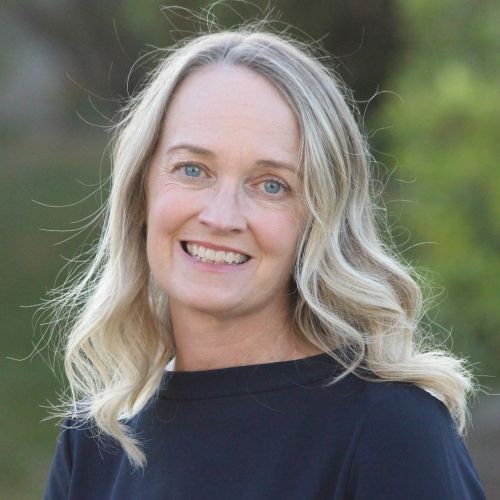
EMPH Academic Program Director with expertise in healthcare marketing, finance, and reproductive health policy, teaching in the EMPH, MPH, MHA program
Nationally recognized health services researcher and sociomedical scientist with 25+ years' experience in effectiveness and implementation research.

Dr. Michelle S. Keller is a health services researcher whose research focuses on the use and prescribing of high-risk medications.
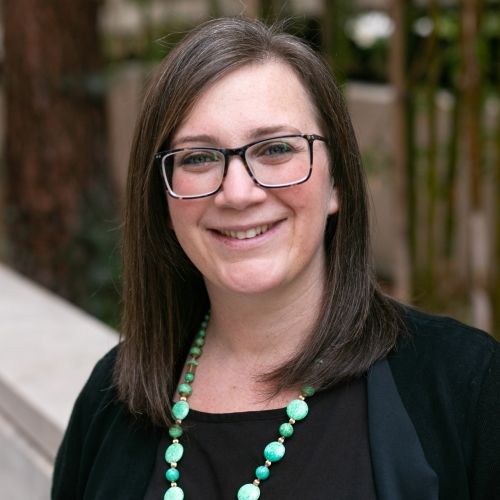
Director of Field Studies and Applied Professional Training

Robert J. Kim-Farley, MD, MPH, is a Professor-in-Residence with joint appointments in the Departments of Epidemiology and Community Health Sciences
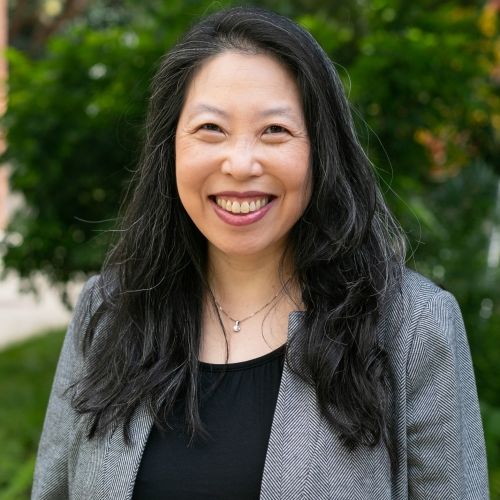
Assistant Dean for Research & Adjunct Associate Professor of Community Health Sciences

Professor of Community Health Sciences & Health Policy and Management, and Associate Dean for Research
